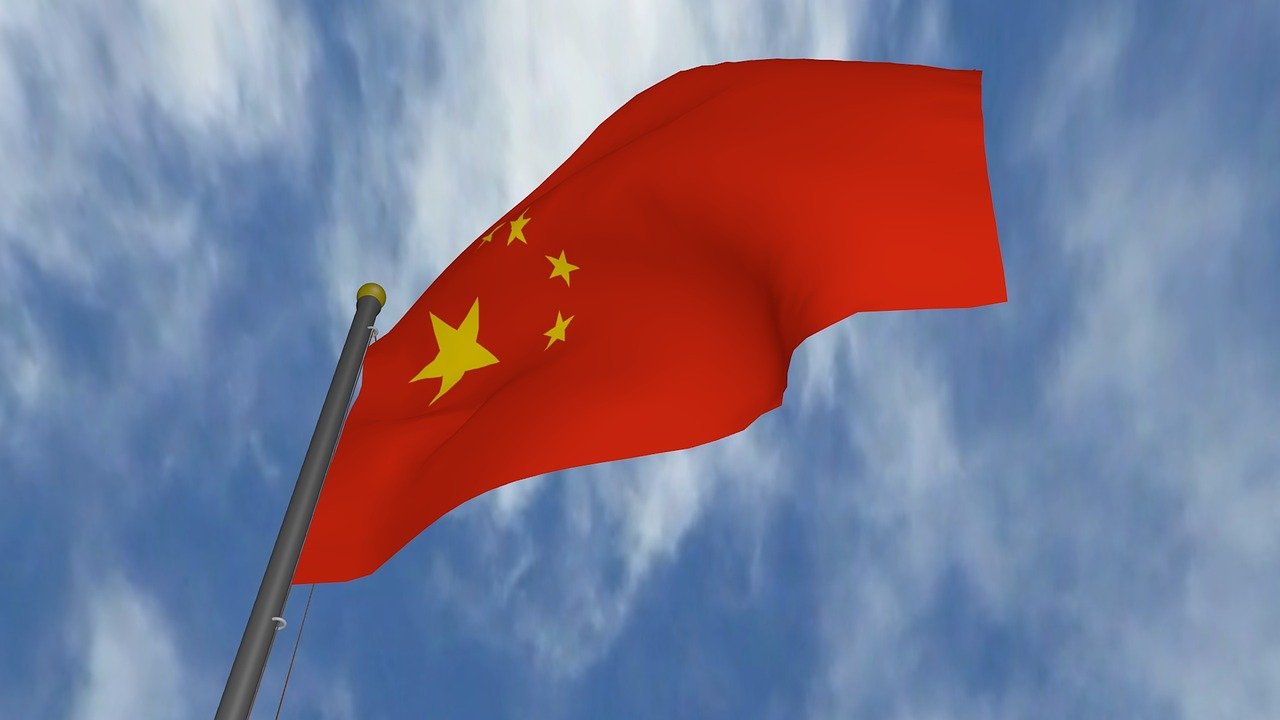News release
From:
Potential risks to biodiversity and Indigenous lands from China’s overseas development finance
Overseas development projects financed by China’s two leading policy banks often have the potential to threaten nearby biodiversity and Indigenous lands, according to a global analysis published in Nature Ecology & Evolution, based on data published simultaneously in Scientific Data. These findings — which suggest that the potential socio-ecological risk posed by these projects is greater than the risk from similar projects funded by the World Bank — could be crucial for future strategies aimed at improving sustainability.
Although development projects, such as roads, railways and power stations, can bring important economic benefits, they can also have negative socio-ecological impacts, resulting in environmental degradation and social conflicts. Over the past four decades, China has become one of the world’s largest sources of development finance, surpassing the World Bank. However, little is known about the potential risks associated with China’s overseas development finance.
Kevin Gallagher and colleagues examined the possible risks posed to ecologically sensitive areas and Indigenous lands by overseas development projects financed by the China Development Bank (CDB) and Export-Import Bank of China (CHEXIM), the two main policy banks of China. The authors analysed a large database detailing 859 international loans across 93 countries made by these two policy banks between 2008 and 2019 (totalling US$462 billion), focusing on investments in development projects within and adjacent to at-risk areas. The authors used 594 of these loans in their analyses. Sixty-three per cent (372/594) of the projects financed by these two banks were found to overlap with potential critical habitats, protected areas and/or Indigenous lands. Up to 24% of the world’s threatened birds, mammals, reptiles and amphibians might also be affected by these projects. Global risk hotspots were located primarily in northern Sub-Saharan Africa, Southeast Asia, and regions of South America. On average, development projects financed by the CDB and CHEXIM were found to present greater risks to biodiversity than similar projects funded by the World Bank, particularly within the energy sector.
The authors note that it will be important to complement their results with on-site assessments to confirm the nature and presence or absence of risks, as well as to implement safeguarding strategies that might mitigate against potential risks.



 International
International



